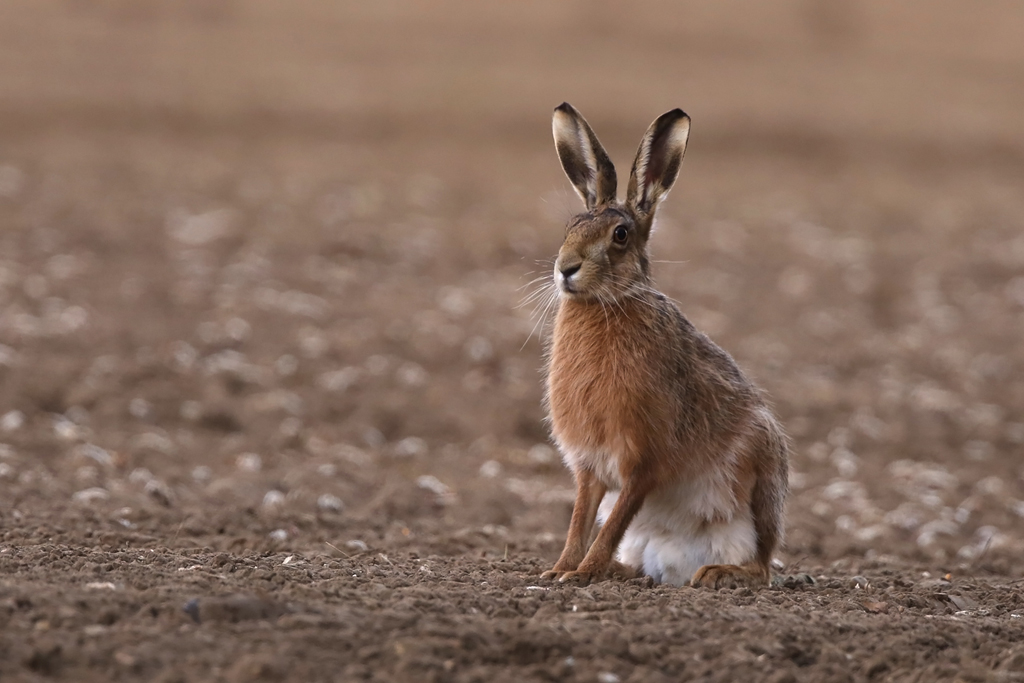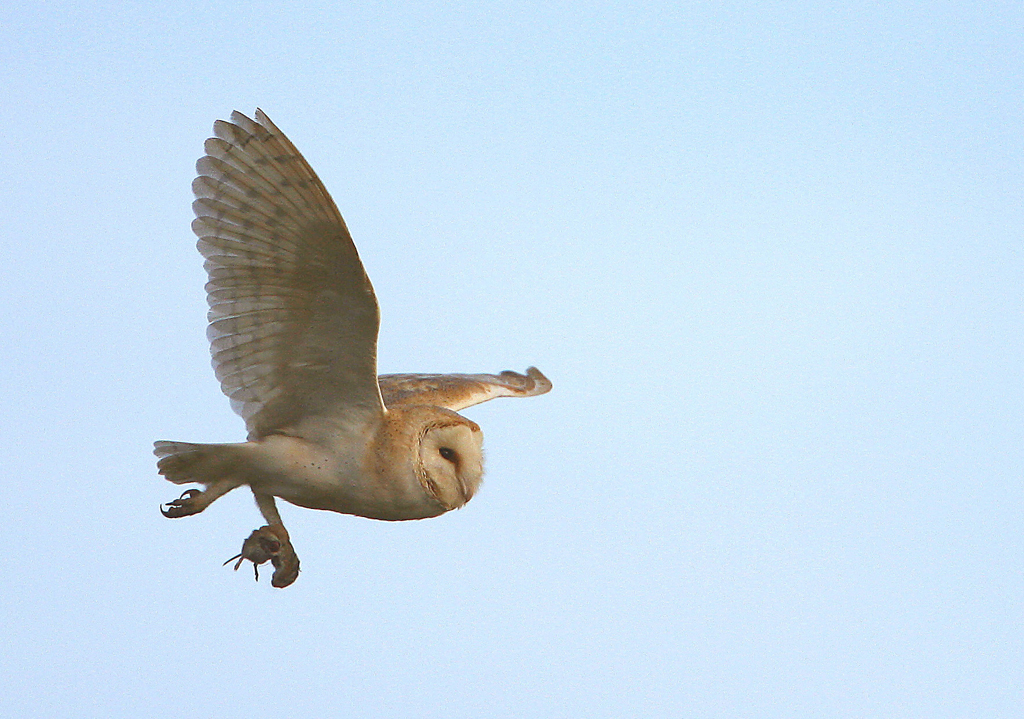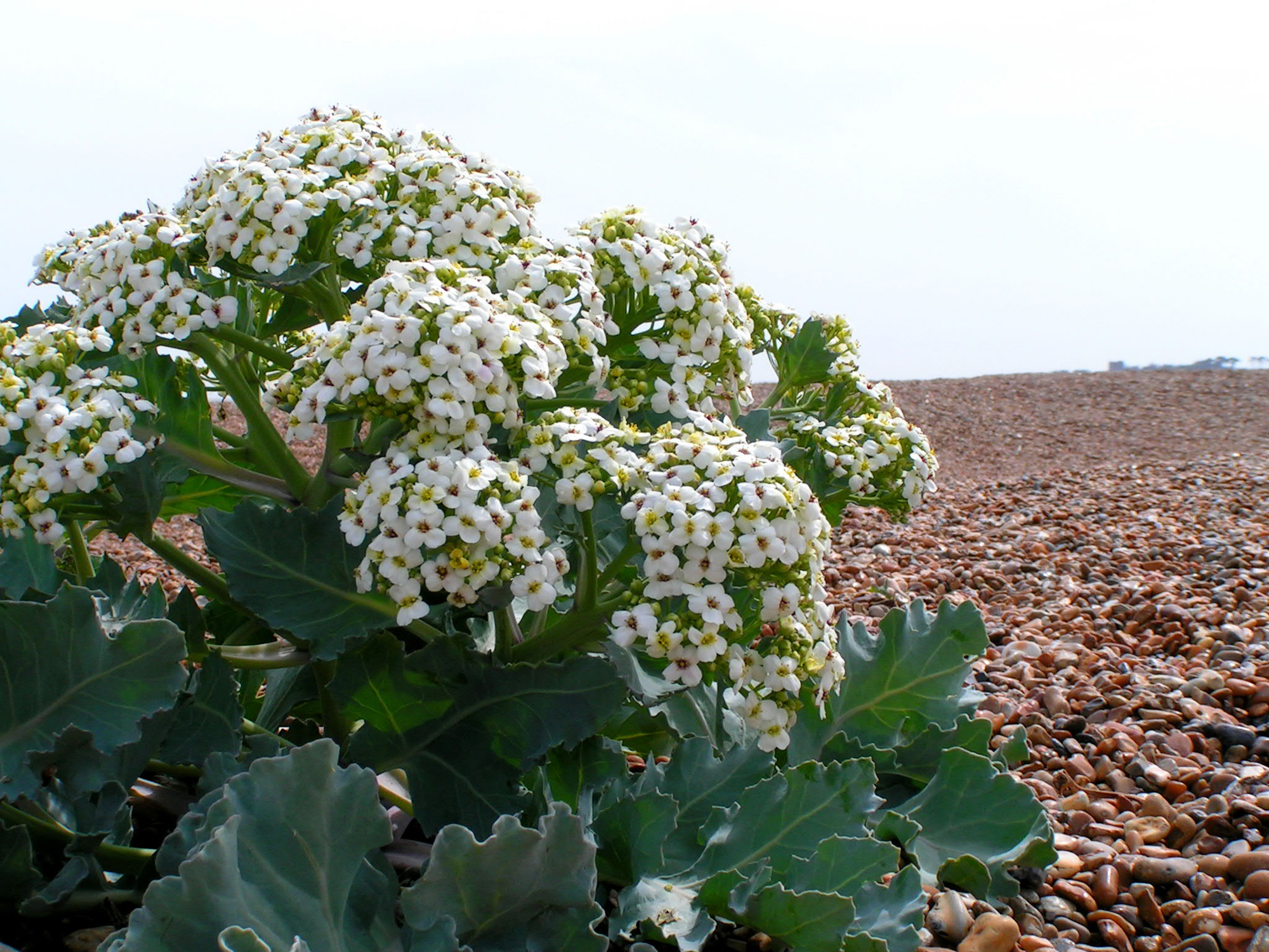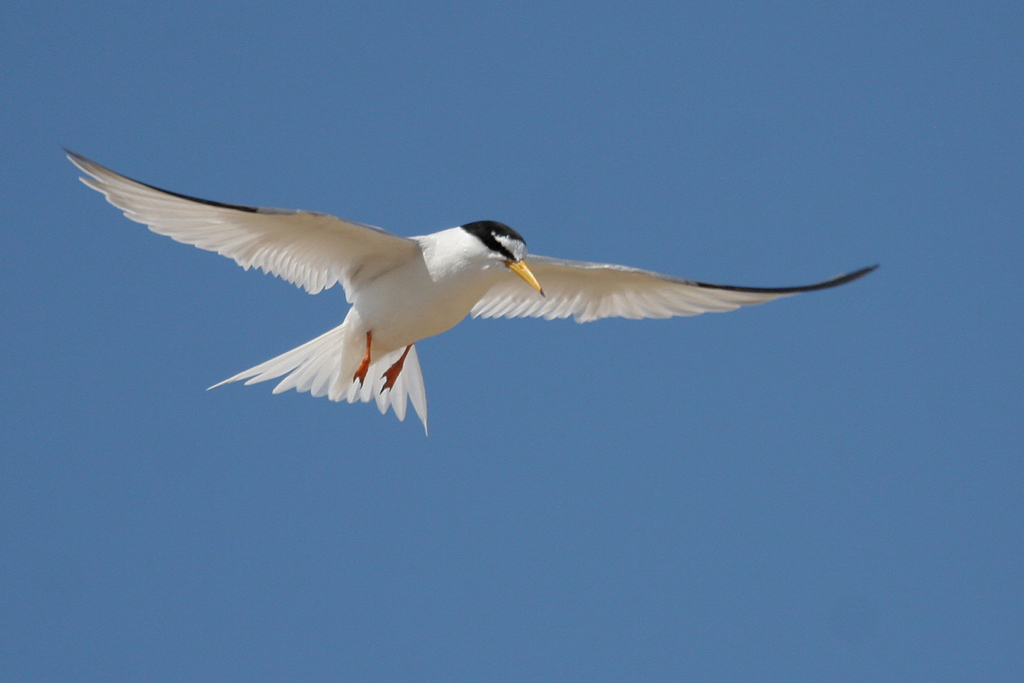I’ve been keeping records of which birds are singing in which weeks for the last dozen or so years at Shingle Street and a clear pattern has emerged. I’m attaching a little chart illustrating this, which you could check to see what you should be particularly listening out for at any time of the year. I’ve only included those birds that sing regularly here and their usual song-periods. There are lots of exceptions involving birds just passing through, rare visitors or residents occasionally singing at untypical times. I have notes on all these if anyone is interested, but for the sake of simplicity have not incorporated them into this table.
Birds sing for two main reasons: first, to define and protect a territory, and second to attract a mate. So, the first of these is primarily aggressive and the second, well, seductive. You could therefore very crudely define the purpose of bird song as ‘f*** me or f*** off’. Birds sing rather than fight to resolve such disputes where possible (which may prompt a thought about the human alternatives …). The best singers get the best territories and are the ones most attractive to potential mates. This territorial function explains why some birds like robins and wrens, as you can see from the table, go on singing both before and after the breeding season (except for a short break mid-summer when they are moulting and lying low). They still need to hold on to territories to protect their food supply even when they are not using them to rear families. An interesting twist to this is that in just a few species, like robins, the females as well as the males sing in winter to defend territories, though when the breeding season starts and they pair up again you’ll only hear the males singing. In other species, like chaffinches and blackbirds, you’ll see that their singing is more strictly limited to the breeding season. These tend to be species that forage more widely in winter, sometimes in flocks, and don’t maintain individual territories then. In the case of summer visitors like the chiffchaff, cuckoo and swallow the song charts also indicate when you can first expect to hear them. So, you can learn quite a bit about different behaviour patterns from such data.
Learning bird song is also the best way of finding and identifying birds. Sounds travel over, round and through natural obstacles and you can usually hear far more birds than you can see, particularly if they are in bushes or a long way off. It isn’t so difficult to learn these songs and calls if you teach yourself one species at a time so that you can then pick its voice out against the background noise. Think how good we are at recognising someone’s voice on the phone even before they have announced themselves. I hope this chart may help in simplifying the possibilities, so you at least know what could be singing in any one week, and I’ll be happy to print copies off for anyone who’d like one to pin up somewhere as an aide mémoire. I’ll also be happy to walk around with you to get you started. This is the ideal season to begin.
Apart from anything else, bird song is beautiful to our ears. I notice that recordings of bird song are increasingly being played in hospitals to aid patient recovery and in airports to reduce the stress levels there. The BBC’s recent broadcasts of a ‘tweet of the day’ attracted a large, appreciative audience too, and Vaughan Williams’ ‘Lark Ascending’ always seems to be voted the nation’s favourite piece of classical music. But in Shingle Street you can just go outside and hear the real thing for yourself.
Jeremy Mynott
26 April 2015
| January | February | March | April | May | June | July | August | September | October | November | December | |||||||||||||||||||||||||||||||||||||||||
| Week beginning | 1 | 8 | 15 | 22 | 29 | 5 | 12 | 19 | 26 | 5 | 12 | 19 | 26 | 2 | 9 | 16 | 23 | 30 | 7 | 14 | 21 | 28 | 4 | 11 | 18 | 25 | 2 | 9 | 16 | 23 | 30 | 6 | 13 | 20 | 27 | 3 | 10 | 17 | 24 | 1 | 8 | 15 | 22 | 29 | 5 | 12 | 19 | 26 | 3 | 10 | 17 | 24 |
| Song thrush | • | • | • | • | • | • | • | • | • | • | • | • | • | • | • | • | • | • | • | • | • | • | • | • | • | • | • | • | ||||||||||||||||||||||||
| Robin | • | • | • | • | • | • | • | • | • | • | • | • | • | • | • | • | • | • | • | • | • | • | • | • | • | • | • | • | • | • | • | • | • | • | • | • | • | • | • | • | • | • | • | • | • | • | • | • | ||||
| Great tit | • | • | • | • | • | • | • | • | • | • | • | • | • | • | • | • | • | • | • | • | • | • | • | • | • | • | ||||||||||||||||||||||||||
| Blue tit | • | • | • | • | • | • | • | • | • | • | • | • | • | • | • | • | • | • | • | • | • | • | ||||||||||||||||||||||||||||||
| Wren | • | • | • | • | • | • | • | • | • | • | • | • | • | • | • | • | • | • | • | • | • | • | • | • | • | • | • | • | • | • | • | • | • | • | • | • | • | • | • | • | • | • | • | • | • | • | • | • | • | |||
| Dunnock | • | • | • | • | • | • | • | • | • | • | • | • | • | • | • | • | • | • | • | • | • | • | • | • | • | • | • | • | • | • | • | • | • | • | • | • | • | • | ||||||||||||||
| Collared dove | • | • | • | • | • | • | • | • | • | • | • | • | • | • | • | • | • | • | • | • | • | • | • | • | • | • | • | • | • | • | • | • | • | • | • | • | • | • | • | • | • | • | • | • | • | |||||||
| Skylark | • | • | • | • | • | • | • | • | • | • | • | • | • | • | • | • | • | • | • | • | • | • | • | • | • | • | • | • | • | • | • | • | • | |||||||||||||||||||
| Meadow pipit | • | • | • | • | • | • | • | • | • | • | • | • | • | • | • | • | • | • | • | • | ||||||||||||||||||||||||||||||||
| Wood pigeon | • | • | • | • | • | • | • | • | • | • | • | • | • | • | • | • | • | • | • | • | • | • | • | • | • | • | • | • | • | • | • | • | • | • | • | • | • | • | • | • | ||||||||||||
| Greenfinch | • | • | • | • | • | • | • | • | • | • | • | • | • | • | • | • | • | • | • | • | • | • | • | • | • | • | • | • | • | |||||||||||||||||||||||
| Chaffinch | • | • | • | • | • | • | • | • | • | • | • | • | • | • | • | • | • | • | • | • | • | • | • | • | ||||||||||||||||||||||||||||
| Linnet | • | • | • | • | • | • | • | • | • | • | • | • | • | • | • | • | • | • | • | • | • | • | • | • | • | • | • | |||||||||||||||||||||||||
| Corn bunting | • | • | • | • | • | • | • | • | • | • | • | • | • | • | • | • | • | • | • | • | ||||||||||||||||||||||||||||||||
| Stock dove | • | • | • | • | • | • | • | • | • | • | • | • | • | • | • | • | • | • | • | • | • | • | • | • | • | • | • | • | • | |||||||||||||||||||||||
| Blackbird | • | • | • | • | • | • | • | • | • | • | • | • | • | • | • | • | • | • | • | • | • | • | • | |||||||||||||||||||||||||||||
| Chiffchaff | • | • | • | • | • | • | • | • | • | • | • | • | • | • | • | • | • | • | • | • | • | • | • | |||||||||||||||||||||||||||||
| Willow warbler | • | • | • | • | • | |||||||||||||||||||||||||||||||||||||||||||||||
| Goldfinch | • | • | • | • | • | • | • | • | • | • | • | • | • | • | • | • | • | • | • | • | • | • | • | • | • | • | • | • | • | • | • | • | • | • | • | • | • | |||||||||||||||
| Blackcap | • | • | • | • | • | • | • | • | • | • | • | • | • | • | • | • | ||||||||||||||||||||||||||||||||||||
| Swallow | • | • | • | • | • | • | • | • | • | • | • | • | • | • | • | • | • | • | • | • | • | • | • | • | • | • | • | |||||||||||||||||||||||||
| House martin | • | • | • | • | • | • | • | • | • | • | • | • | ||||||||||||||||||||||||||||||||||||||||
| Whitethroat | • | • | • | • | • | • | • | • | • | • | • | • | • | • | • | • | ||||||||||||||||||||||||||||||||||||
| Lesser w.throat | • | • | • | • | • | • | • | • | • | • | • | • | ||||||||||||||||||||||||||||||||||||||||
| Cuckoo | • | • | • | • | • | • | • | • | • | • | • | • | • | |||||||||||||||||||||||||||||||||||||||
| Reed bunting | • | • | • | • | • | • | • | • | • | • | • | • | • | • | • | • | • | • | • | • | • | • | • | |||||||||||||||||||||||||||||
| Sedge warbler | • | • | • | • | • | • | • | • | • | • | • | • | • | • | • | • | • | |||||||||||||||||||||||||||||||||||
| Reed warbler | • | • | • | • | • | • | • | • | • | • | • | • | • | • | • | • | • | • | • | |||||||||||||||||||||||||||||||||
| Cetti’s warbler | • | • | • | • | • | • | • | • | • | • | • | • | • | • | • | • | • | • | • | • | • | • | • | • | • | • | • | • | • | • | • | • | • | • | • | • | • | • |








